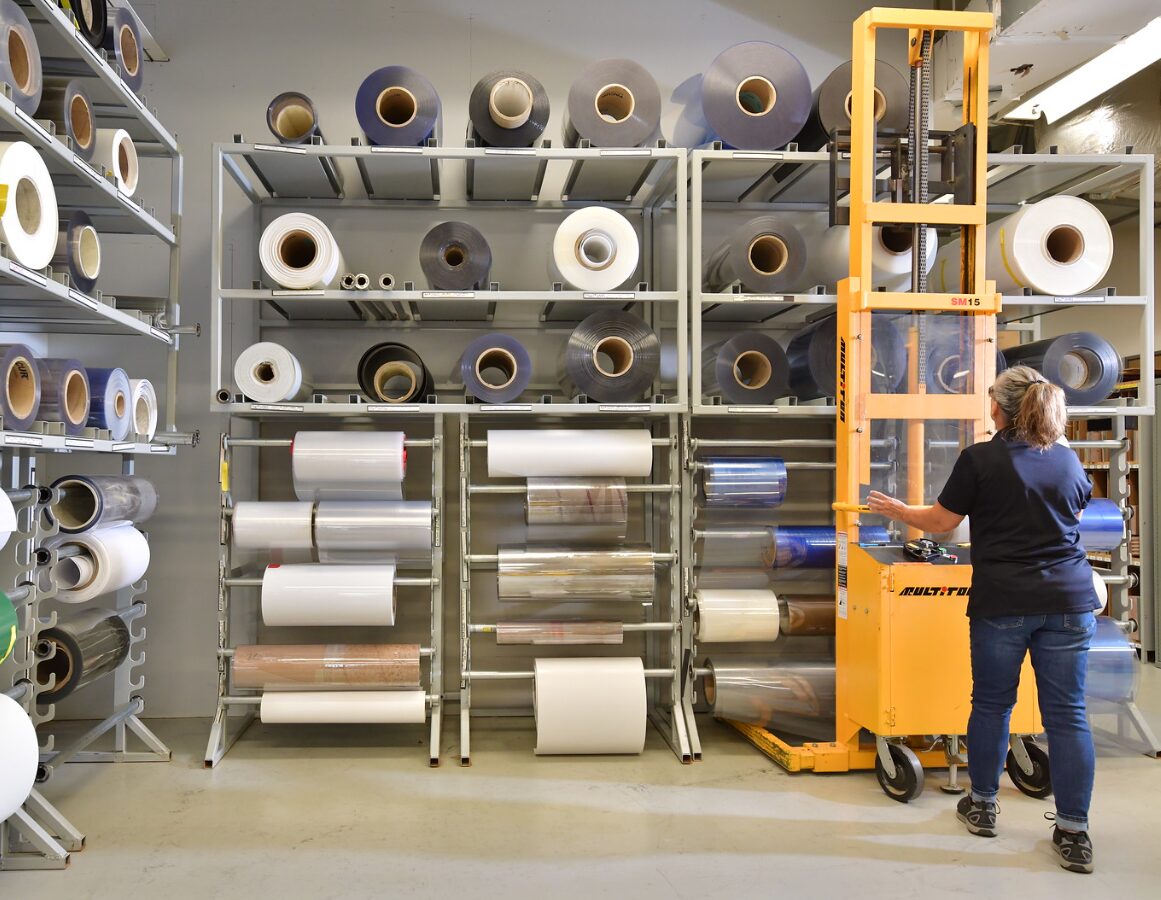Some of the known variables causing uncertainty within packaging supply chains are tariffs, material shortages, and changing labor markets. Help shield your brand from these disruptors and continue to deliver products on time to your customers with a deeper review of your packaging suppliers and processes.
1. Do your key suppliers produce in the U.S.?
Ensuring Tier 1 packaging suppliers manufacture in the U.S. significantly reduces the risk of American brands being directly impacted by tariffs and other cross-border risks. However, it is important to go one level deeper and understand where your packaging provider’s key suppliers are based.
You might discover that while your packaging supplier is a U.S.-based entity, they may procure resins, additives, or other raw materials from overseas, leaving you vulnerable to disruptions. Additionally, verify the relevant tariffs and countries of origin before accepting packaging cost increases, as not all raw materials sourced from overseas are impacted. A good understanding of the Tier 2 suppliers within your packaging supply chain can mitigate many risks.
2. What is your product-specific business continuity plan?
Redundancy in the supply chain is basic risk management. A simple “off-the-shelf” package may be easily replaced by another supplier if it is suddenly unavailable. But more complex packages, such as those with modified atmospheres or those processed on highly automated lines, require additional safeguards. A product-specific business continuity plan with your packaging suppliers should, at a minimum, address:
- Duplicate tools – Having a backup set of tools stored at a different plant location.
- Redundant raw materials – Having multiple raw materials from different suppliers qualified.
- Regulatory reviews – Proactively substitute any raw materials of concern.
If you approach business continuity by qualifying multiple suppliers for the same part, remember to verify they have the open capacity and service levels to support the required volumes in case another supplier goes down. You must also confirm that different Tier 1 suppliers are not sourcing raw materials from the same Tier 2 suppliers, as that also leaves your brand vulnerable to disruptions.
3. Are your packaging suppliers quick and agile?
In case of an emergency, you need a dependable packaging supplier that has been proven to work efficiently and effectively. You may need to eliminate a material of concern, pivot away from an existing supplier, or launch a new product within a few months. Vertically integrated suppliers, such as Plastic Ingenuity, can take a packaging project from design to commercial production in as little as four months. Since we design, prototype, extrude, build tools, and thermoform in-house, you are never waiting for a third-party to get your products to market. Outsourcing any of these elements can lead to significant delays and potential missed opportunities.
4. Who will help you navigate change?
Start a dialogue with trusted contacts to help you understand changing regulations, including what might happen and how it could impact your brand. Some changes may be more easily implemented while others may be more difficult, and having support on speed dial will help you stay on top of the required changes.
A sustainability expert is good to have on hand, especially with more brands committing to using recycled materials in their packaging and more states signing Extended Producer Responsibility (EPR) laws. Suppliers may need to take additional steps to incorporate more rPET or rPP into their products without impacting cost. Brands need a clear view of the situation to make a realistic plan of action.
Finding your path to resilience is ultimately about an open line of communication with your suppliers. Ensure they have the capabilities to respond to a problem if—and when—it does arise.




